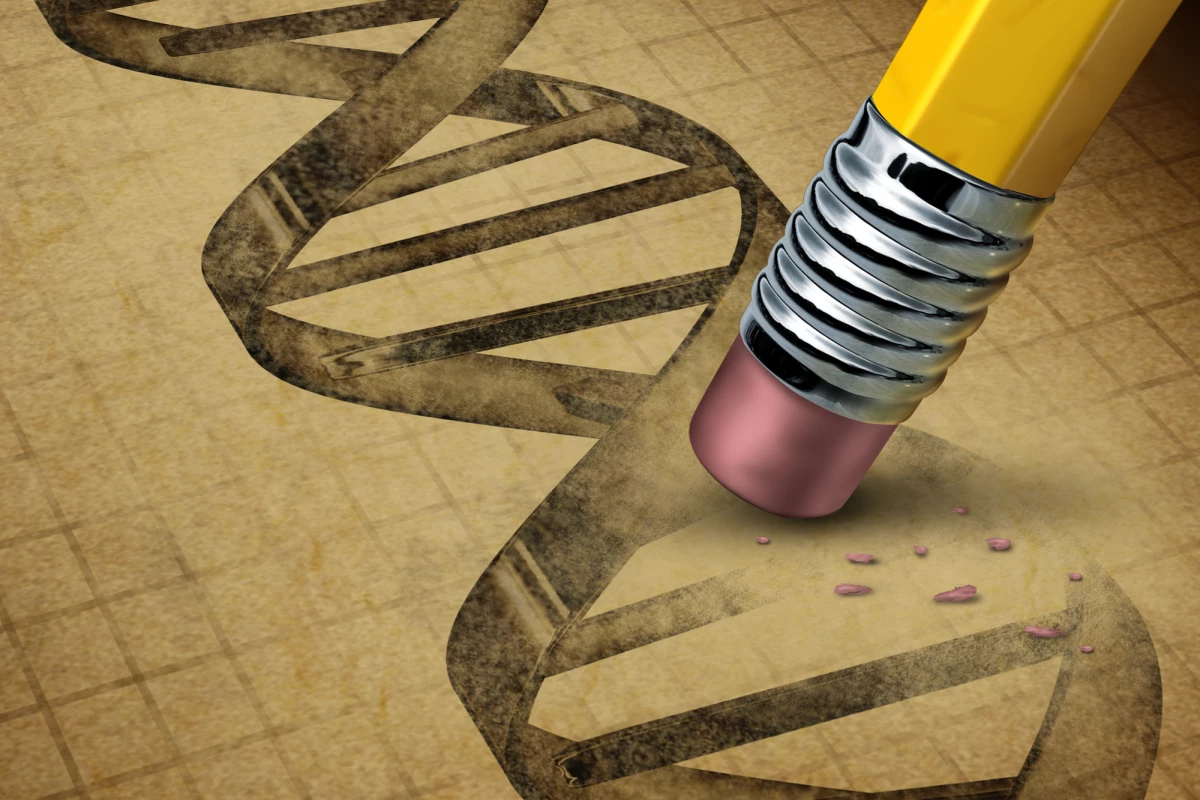One of the most revolutionary discoveries of the century, the CRISPR gene-editing system is built on a bacterial defense mechanism that allows scientists to make precise edits to DNA. Now scientists at MIT have discovered a new class of enzymes called OMEGAs that perform a similar function – and perhaps better in some respects.
Despite their apparent simplicity, bacteria are crafty little critters. One of their remarkable abilities is to fight infectious viruses by snipping out a small section of their DNA and storing it for later, like a Wanted poster. That way, the bacteria is prepared if it ever encounters that virus again.
In 2012, Emmanuelle Charpentier and Jennifer Doudna made the Nobel Prize-winning discovery that this process can be hijacked to edit DNA. They took an enzyme called Cas9, which can cut DNA, and engineered guide RNA sequences to direct it to a desired section of the DNA sequence. Within a decade, the technology has been put to work finding new treatments for diseases like cancer and HIV, improving crops and livestock, and manipulating bacteria to do amazing things.
“It's so easy to just change a guide sequence and set a new target,” says Soumya Kannan, co-first author of the new study. “So one of the broad questions that we're interested in is trying to see if other natural systems use that same kind of mechanism.”
And now it seems they found one. In the new study, scientists at MIT discovered an entirely new class of enzymes beyond CRISPR that could have the same gene-editing prowess, and may even outperform CRISPR in some respects. The team named the system Obligate Mobile Element Guided Activity (OMEGA).
The team was first drawn to IscB proteins, which had the appearance of DNA-cutting enzymes but weren’t known to be involved in CRISPR or associated with RNA. On closer examination, the researchers found RNAs nearby which guided the IscB proteins to cut DNA in certain places. The team named these “ωRNAs” (pronounced “Omega RNAs”).
From there, they identified two other types of proteins that make use of ωRNAs – IsrBs and TnpBs. All three of these proteins are found in “jumping genes” called transposons, which can move around in the genome. When they do, they create a new guide RNA, which lets the enzymes cut different sections of DNA.
The researchers engineered the OMEGA system to work in human cells, demonstrating that this mechanism could form the basis of a brand new gene-editing system. And because the RNA is only about 30 percent of the size of the CRISPR enzymes, it should be easier to squeeze into cells.
Intriguingly, the team says that these proteins seem to be the predecessors of some CRISPR ones, such as Cas9 and Cas12. It suggests that other programmable molecular systems might be out there, waiting to be discovered, which could bring their own benefits and uses.
"A lot of the things that we have been thinking about may already exist naturally in some capacity,” says Han Altae-Tran, co-first author of the study. “Natural versions of these types of systems might be a good starting point to adapt for that particular task.”
The research was published in the journal Science.
Source: MIT




